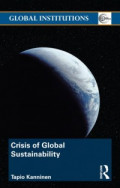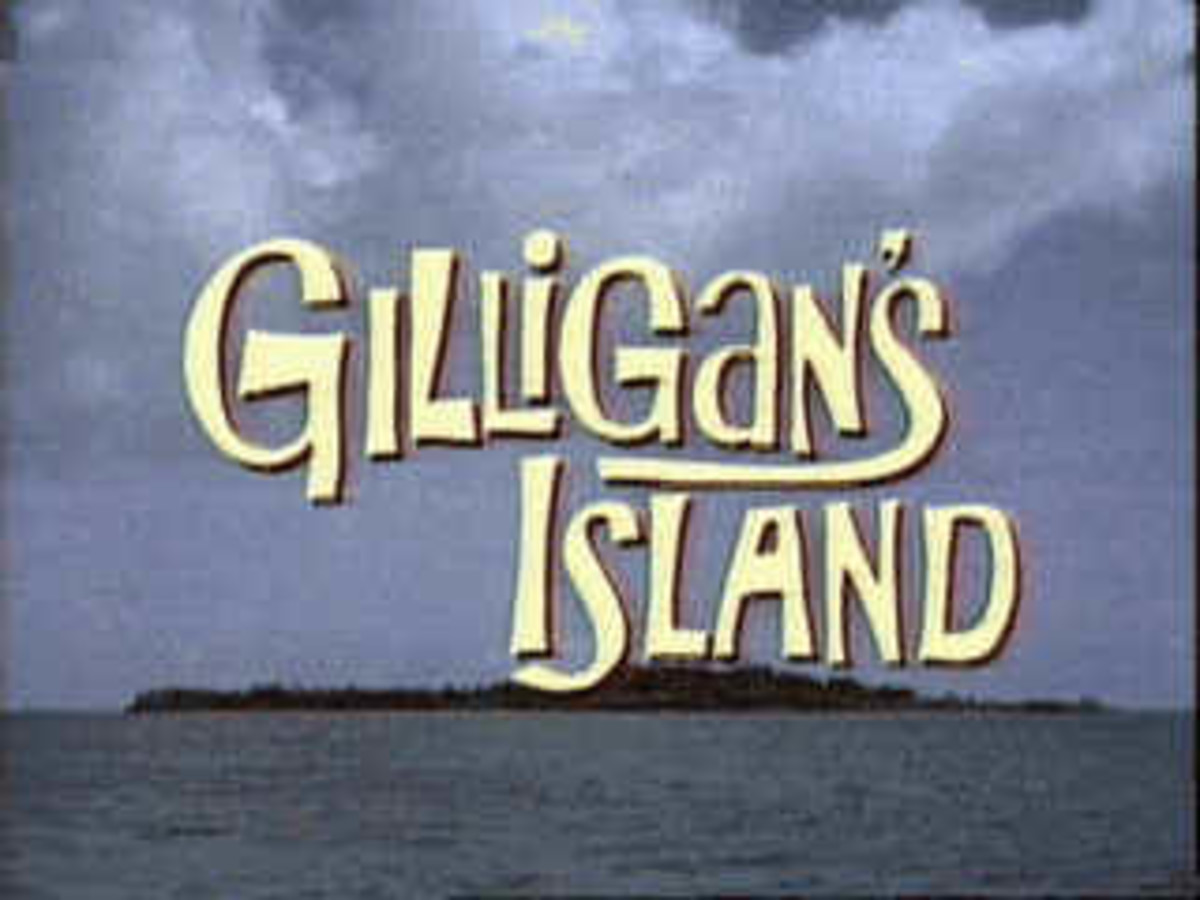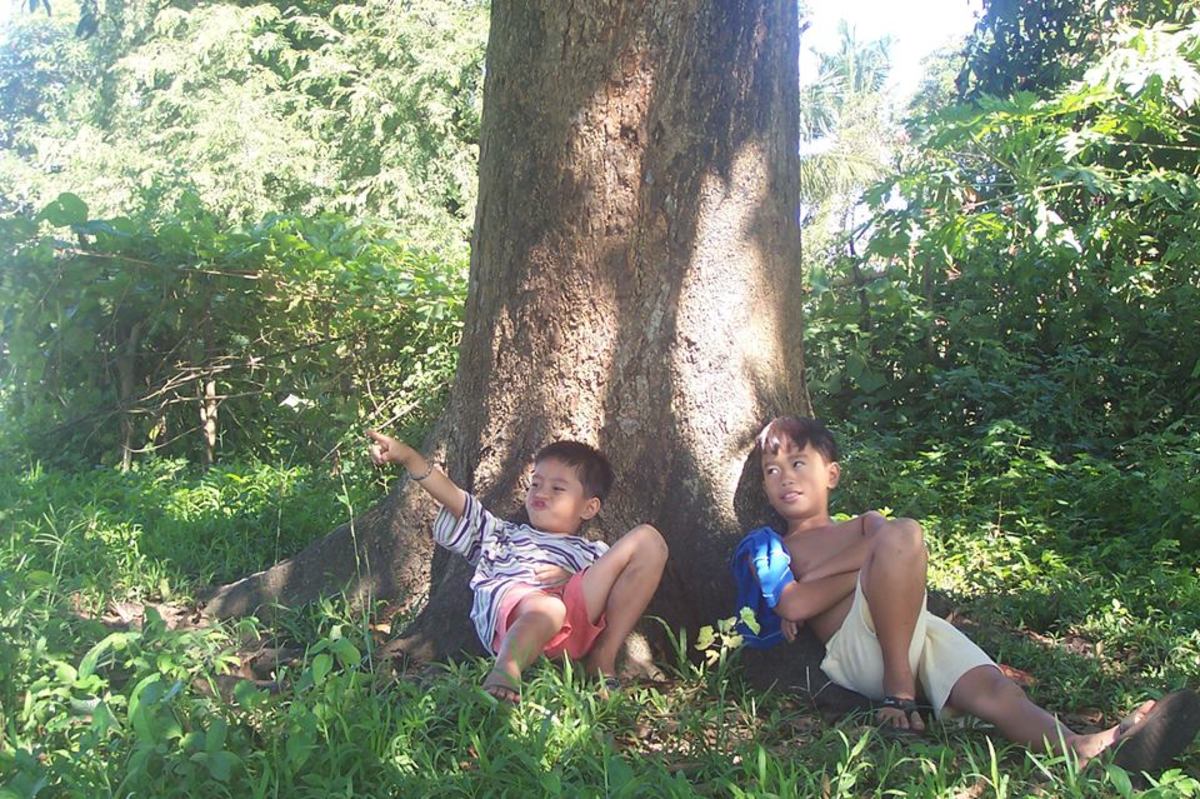Best Books on Sustainability | Key texts on Green
Understanding the issues and challenges
The field of sustainability is huge and confusing, spanning different fields from business to ecology, and across different scales from regions to a product. In terms of thinking about the issues and challenges facing sustainability and the environment, these are the outstanding books that possesses both accessibility and clarity for the common man to understand.
An Inconvenient Truth: The Planetary Emergency of Global Warming and What We Can Do About It - Al Gore
The title of the book conjures up the scenes of now the world famous scenes of an ex- Vice President of the United States toting a PowerPoint presentation to anyone and everyone who would listen to issues on global warming.
This is an excellent starting point for the layperson who wants to learn some of the basics of global warming, but are confused by the myriad of issues. Al Gore distills the sometimes technical science into easy-to-understand bits and picks out the issues that matters to us, the common man - making the concepts and data accessable and understandable to everyone.
The message from the book? Global warming is a real problem, and it's huge. It needs urgent attention and real concrete action. But we together, can solve it.
Collapse: How Societies Choose to Fail or Succeed - Jared Diamond
Collapse: How Societies Choose to Fail or Succeed is the follow up from Jared Diamond's Guns, Germs, and Steel. The Pulitzer Prize winner puts forth five factors which lead to the collapse of societies: environmental degradation, climate change, hostile neighbors, decreased support from friendly neighbours, and social response to emerging problems.
He uses examples ranging from the Vikings to modern examples like Rwanda, he illustrates that while environmental issues may not be the cause of every collapse in society, ecological diasasters are often the main catalyst.
This becomes especially true when the problems are combined with society's
response to (or disregard for) the coming disaster. In this highly interconnected world, he posits the stark fact that anybody's environmental problem is everybody's problem.
This is a book is excellent for the layman to understand the greater issues regarding the environment and sustainability. It also serves as a framework to think about the serious problems that must be addressed today.
Natural Capitalism: Creating the Next Industrial Revolution - Paul Hawken, Amory Lovins, Hunter Lovins
In Natural Capitalism, the book presents a vision of how companies can adopt "a new type of industrialism" that is more efficient and profitable while saving the environment and creating jobs. The principle is that business can be good for the environment. Cars will get mileage of 200 miles per gallon without compromising safety and power, all products will be recycled, and raising the world's standard of living will not be at the expense of the environment. The book is a fascinating read for public-policy makers, as well as environmentalists and capitalists alike.
Cradle to Cradle: Remaking the Way We Make Things - William McDonough & Michael Braugart
In Cradle to Cradle, the authors argue that our conventional mode of production and consumption processes need a fundamental rethink. Eco-efficiency measures like carbon emission reduction and recycling are just stop-gap measures that do not address long term issues.
Instead, they propose a rethink of the whole process and efficiency is replaced by "eco-effectiveness". The thesis is that cost and profit can do hand in hand with environmental safety. This describes closed loop processes that mimics the operations of the natural world where the waste of one process becomes the resource of another. Hence, the concept of waste and pollution is eliminated.
They cite examples from their own work, like rooftops covered with vegetation that provide natural insulation AND habitats for wildlife; nontoxic fabrics and dyes; and the book itself, which is be printed on a synthetic "paper" that is fully recyclable and doesn't use trees.
To learn more on the concepts of closed loop systems, refer to the following hubs.
Worldchanging: A User's Guide for the 21st Century - Alex Steffen
From the influential sustainable solutions website (www.worldchanging.com), the book is chock full of information about present day efforts and obstacles to create an environmentally and economically sustainable future.
The editors settles the issue with absolute clarity - "Oil company experts debate whether we will effectively run out of oil in twenty years or fifty, but the essential point remains: if you're under thirty, you can expect to see a post-oil civilization in your lifetime."
The book is divided into sections on Stuff, Shelter, Cities, Community,
Business, Politics and Planet and introduces the layman to concepts such as rainwater harvesting to zero-energy houses is short but comprehensive sections accompained by color photos on every page. All
entries wrap up with further reading material listing books and
websites. It's hard to imagine a more comprehensive primer on such a huge topic.
Biomimicry: Innovation Inspired by Nature - Janine Benyus
In Biomimicry: Innovation Inspired by Nature, nature is presented as a model for design inspiration, a measure for the appropriateness of solutions and as a mentor to learn from. Benyus writes in a critical assessment that “strapped to our juggernaut of technology, we fancy ourselves as gods … in reality, we are still beholden to ecological laws.” The resulting unsustainable patterns of industrial organization that we have imposed upon the earth have resulted in resource depletion and environmental degradation that directly threatens our existence as a species.
Benyus argues that in comparison, Nature, with 3.8 billion years of research and development, have bested all of our inventions in more elegant forms and at less cost to the planet. She takes the reader out into the fields and laboratories with researchers to discover the various ways lessons derived from nature have the potential to enable a hi-tech living that is in harmony with the environment.
The book opens up a new horizon for cross-fertilization of ideas between nature and human invention and between seemingly disconnected disciplines like biology and engineering. The message is both hopeful and portentous. We are surrounded by successful solutions that we can learn much from. The downside? All failed models are extinct.
Other Interesting Books















